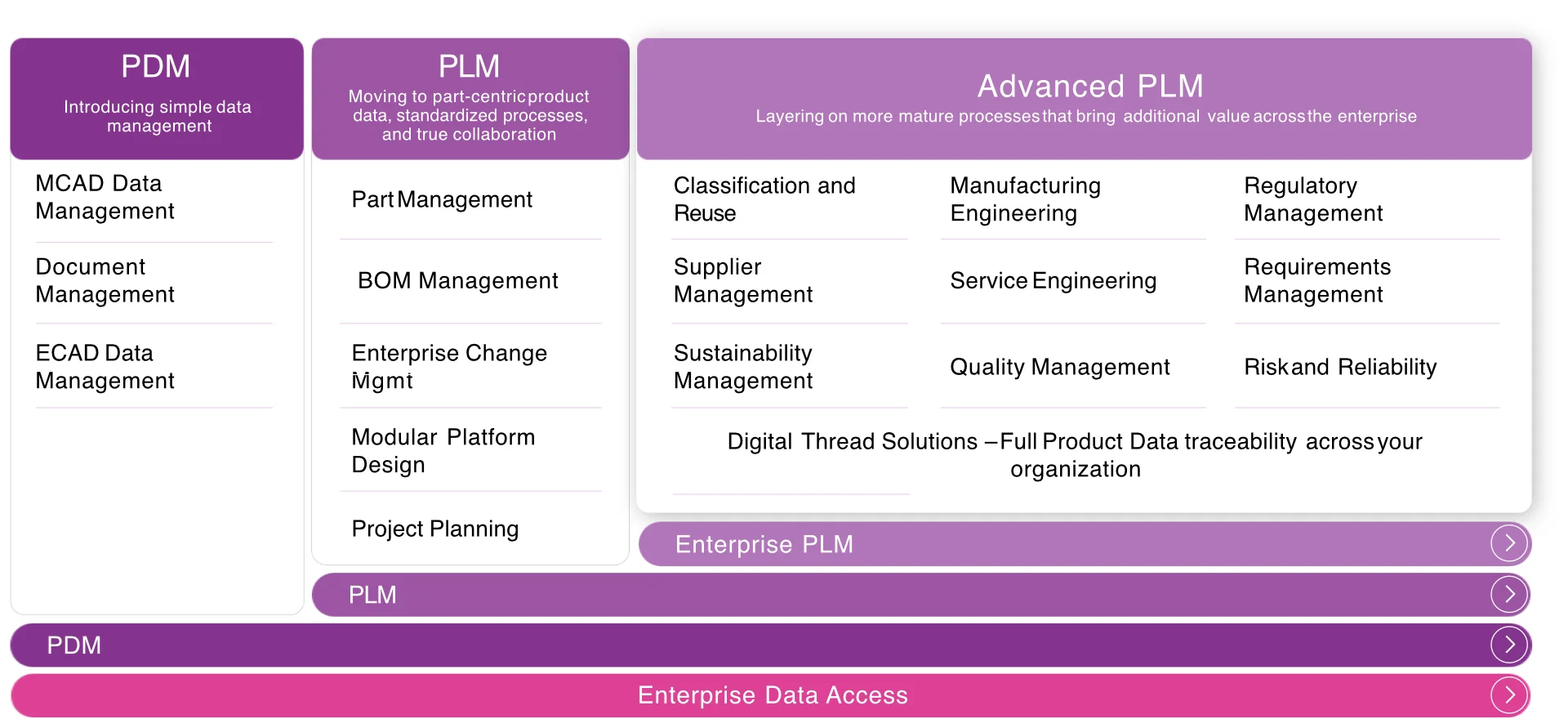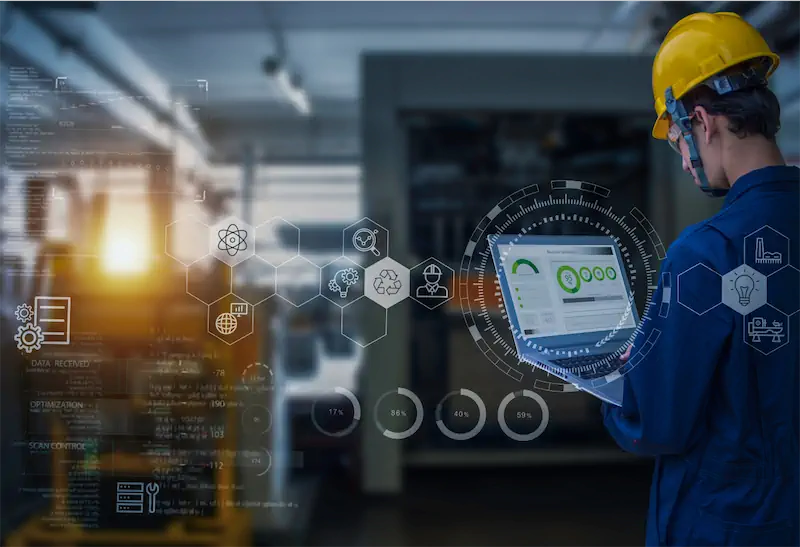
Mastering packaging data with PLM: Insights from Manufacturing
In an era of increasing regulatory demands and market pressure for sustainability, packaging is no longer just a product’s protective layer. Today, it plays a critical role in compliance, logistics, aesthetics, environmental impact, and customer engagement – all while manufacturers strive to keep costs low. For many manufacturing companies, managing packaging information (labels, components, materials, […]



















